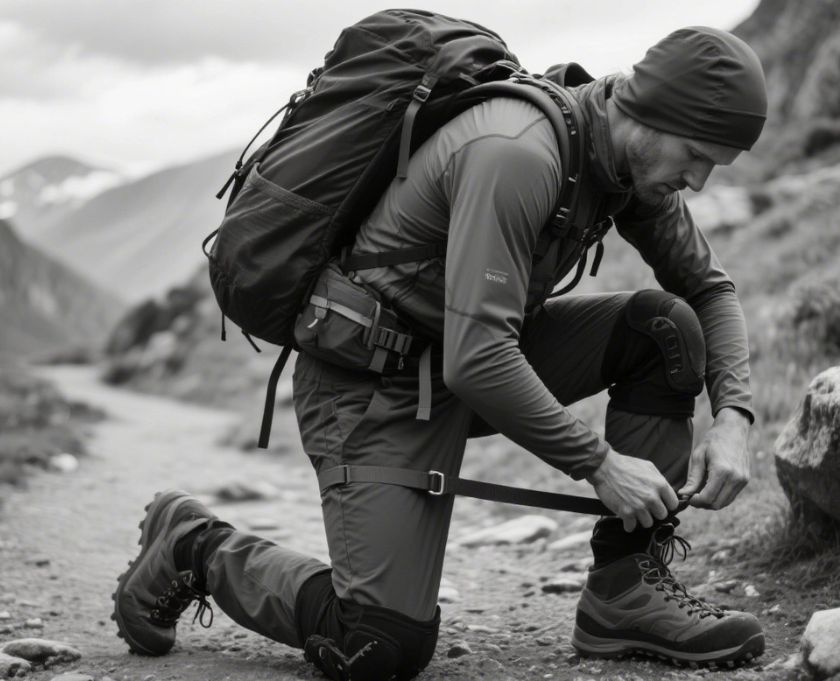Beautiful Plants For Your Interior

Carrying a poorly packed outdoor backpack can quickly turn a fun hike into a painful struggle. Mastering outdoor backpack weight distribution tips helps prevent back pain, reduces fatigue, and allows you to hike longer and safer.
Understanding the Basics of Backpack Ergonomics
Your backpack is more than just a storage bag—it’s an extension of your body. Correct ergonomics ensure that weight is distributed across your hips, shoulders, and back rather than straining one area.
Key Principles of Outdoor Backpack Weight Distribution
Keeping the Center of Gravity Close to Your Back
Heavy items should be packed close to your spine to prevent leaning forward.
Balancing Left and Right Weight
Avoid putting all heavy items on one side—it causes imbalance and muscle strain.
Using Hip Belts for Load Transfer
A hip belt transfers up to 70% of the pack’s weight from your shoulders to your hips.
Step-by-Step Guide to Packing an Outdoor Backpack
Bottom of the Pack: Sleeping Gear and Soft Items
Sleeping bags and pads create a cushion at the bottom.
Middle Section: Heavy Gear and Food
Stoves, food, and water containers should be centered for balance.
Top Section: Lighter Clothing and Quick-Access Items
Jackets, gloves, and maps belong here for easy access.
Outer Pockets: Essentials and Safety Gear
Snacks, first aid kits, and rain covers should be quickly accessible.
Expert Hacks for Better Weight Distribution
Using Compression Straps
Keeps gear stable and prevents shifting.
Adjusting Shoulder Straps and Sternum Straps
Fine-tune fit to distribute load evenly.
Balancing Hydration Systems and Bottles
Evenly place water bottles on both sides or use a hydration bladder.
Common Mistakes in Backpack Weight Distribution
- Packing heavy items far from the back
- Ignoring hip belts and sternum straps
- Overstuffing top compartments
- Uneven water bottle placement
How to Test Backpack Fit Before Hitting the Trail
Load your pack fully, adjust straps, and walk around for 10–15 minutes. If you feel pain or leaning, repack and adjust.
Long-Term Comfort: Training and Conditioning
Strengthen your core and legs to handle backpack loads more efficiently.
Maintenance Tips for Outdoor Backpacks
- Clean straps and buckles regularly
- Store in a dry, cool place
- Check zippers and seams before long trips
Frequently Asked Questions (FAQs)
Q1: How much weight should my backpack carry?
A: Ideally no more than 20–25% of your body weight.
Q2: Should I use a hydration bladder or water bottles?
A: Bladders balance weight better, but bottles are easier to refill.
Q3: Is a hip belt necessary?
A: Yes, especially for packs over 30L—it transfers load to your hips.
Q4: How do I prevent back pain while hiking?
A: Pack heavy items close to your spine, adjust straps, and take regular breaks.
Q5: Can compression straps really make a difference?
A: Absolutely—they keep your load stable, improving comfort and balance.
Conclusion: Hike Farther, Safer, and More Comfortably
Mastering outdoor backpack weight distribution tips ensures your hikes are safe, balanced, and enjoyable. With smart packing, proper ergonomics, and regular conditioning, you’ll go farther and feel better on every adventure.